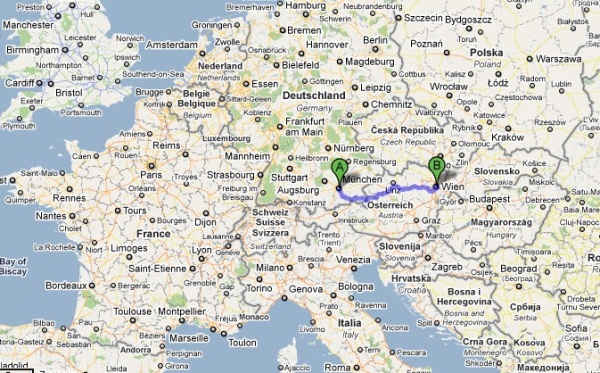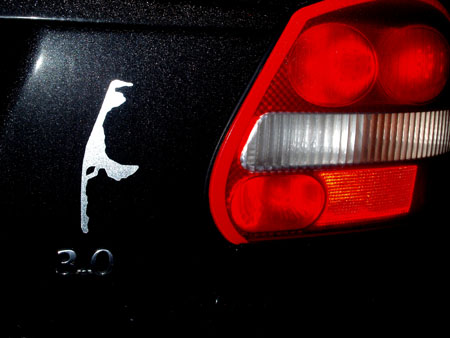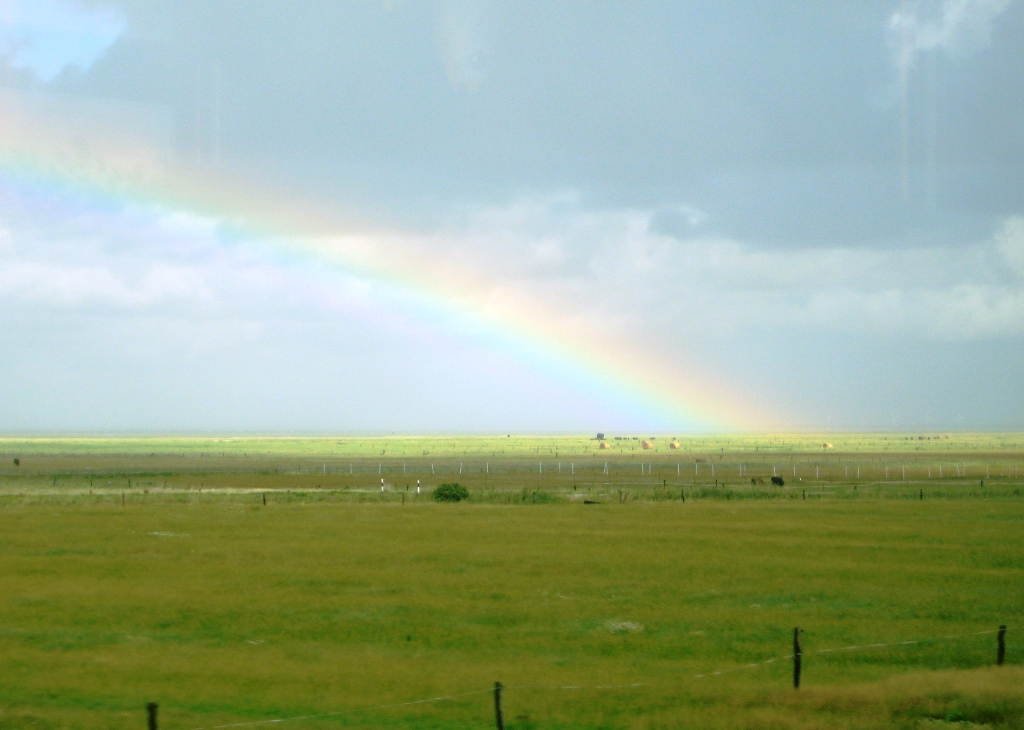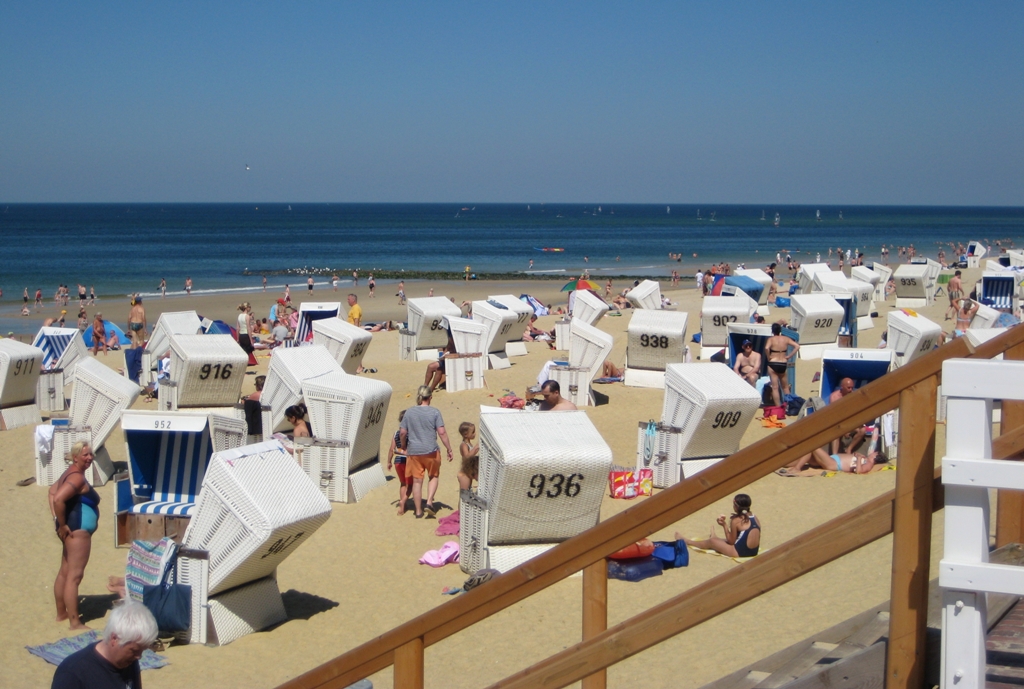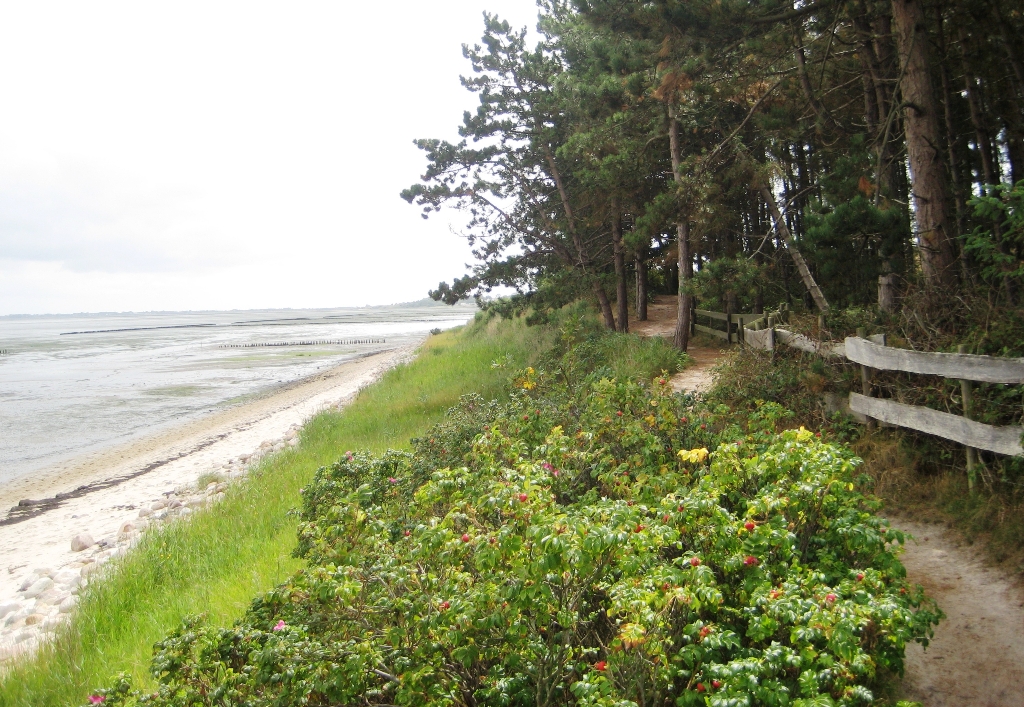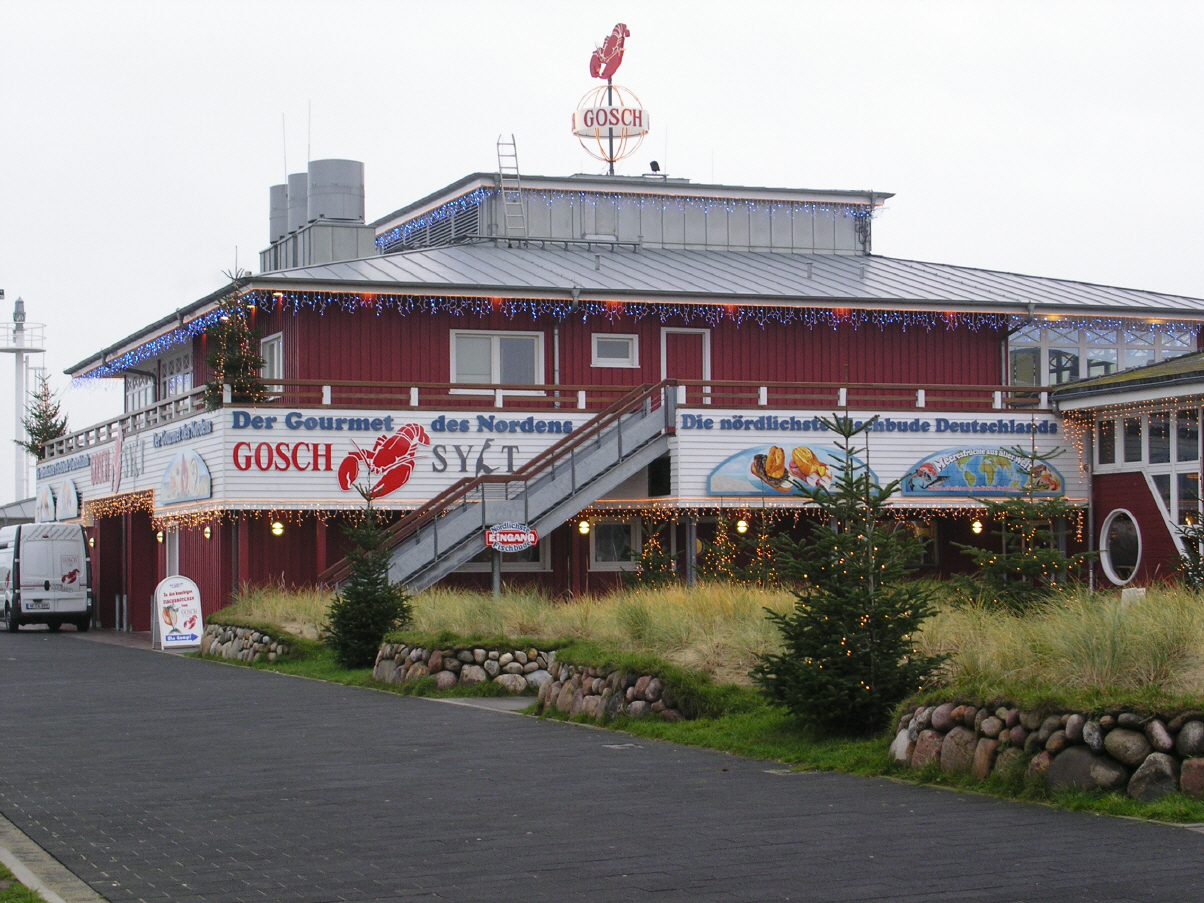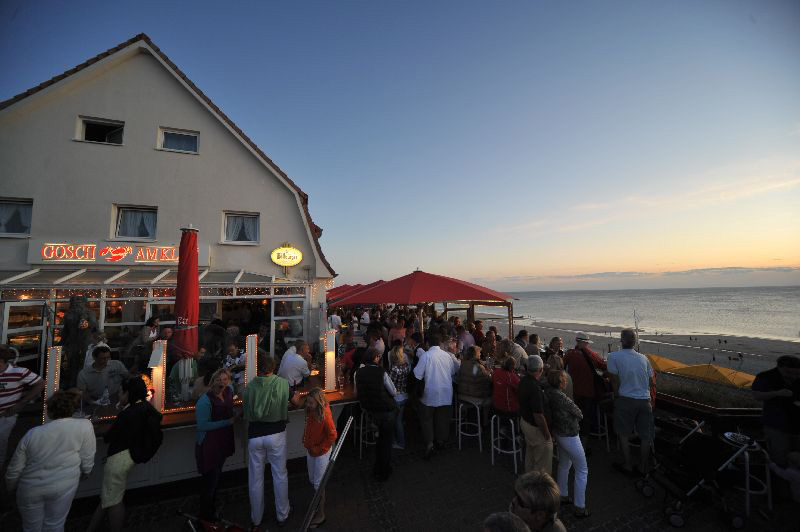Photoblog - Vienna (Nightlife)
 Friday, July 8, 2011 at 9:00
Friday, July 8, 2011 at 9:00 It seems like a long time ago, but it was just last Winter when Frau A and I visited Vienna for the weekend. We saw Schoenbrunn Palace and ice skating around the Town Hall... but kept busy in the evenings too.
One of the main reasons for the trip was to see the show "Ich war noch niemals in New York". In the spirit of "jukebox musicals" like Mamma Mia! (Abba) and Movin' Out (Billy Joel), this production features the songs of Udo Juergens. Juergens is one of the most popular, successful, and beloved schlager singers. (He's up top in our schlager post.) He has sold over 100 million records and still sells out concert halls in his mid-70s today. And yes, he won the Eurovision Song Contest in 1966.
The title means "I've never been to New York" -- in the story, an older couple aren't feeling "alive" anymore and therefore make a spontaneous decision to take a cruise ship to the Big Apple for the first time. (Notice the heart-shaped life preserver and rope in the banner.) Although the story was a bit predictable, it was satisfying and Juergen's catchy tunes got everyone clapping and singing along. And love & happiness prevail in the end. Just like it should be.
The hotel was not far from the Bahnhof, so there were plenty of late-night options nearby. So on another evening we checked out the nearby billiards bar, called "Köö - The Great Entertainer", on the second floor above some clothing stores & coffee shop.
The first order of business was to try the local beer, called Gösser. It's a lot like the Munich helles, and in fact the styles are often combined for beer competitions into a group called VOM - Vienna, Oktoberfest, and Märzen (March) styles. In the official BJCP Beer Style Guidelines it's called European Amber Lager. Frau A and I love 'em -- a little less hoppy/bitter and crisp but richer and smoother than a pils.
There is a smoking ban in Munich now, so the haze and smells of the bar here were quite a surprise. But together with the loud music and crack of caroming balls at the tables, it really felt like a pool hall.
The tables were all full (or reserved for hours) so we moved to the dart boards. Warning: do NOT be fooled by her quiet demeanor, long flowing hair, and friendly smile. Frau A is a hustler and will beat you at darts. She won all three of the first games again me. I thought a second beer would change things - no luck. She took 2 of the next 3. Ouch.
The great thing about Vienna is that there are so many things to see in daylight, and just as many things to do at night. We're hoping to return this summer and hang out with a colleague of mine who lives there (but works in the Munich office, staying Monday-Wednesday). Stay tuned.
 Herr J ...
Herr J ...  Post a Comment
Post a Comment 




